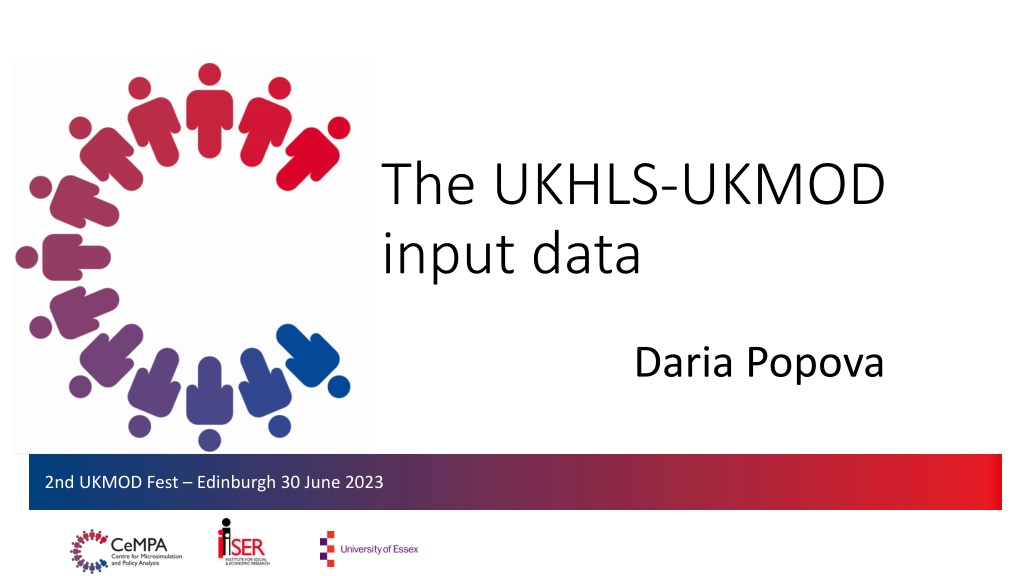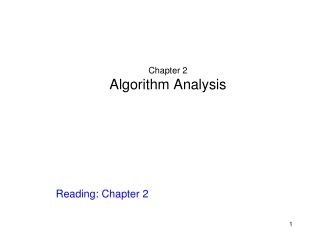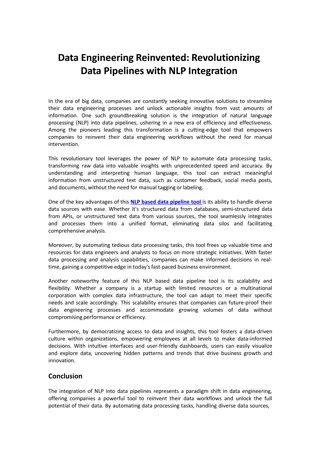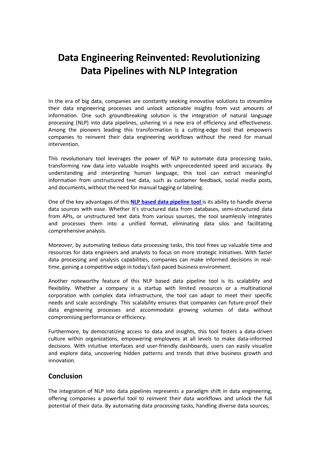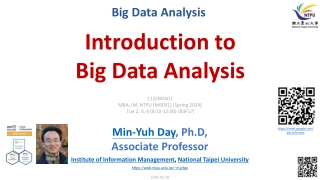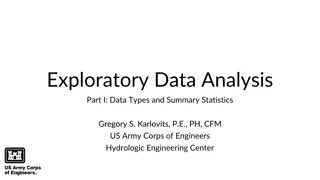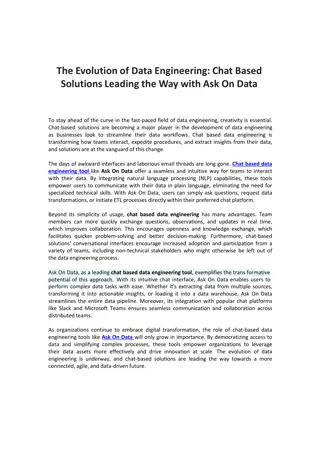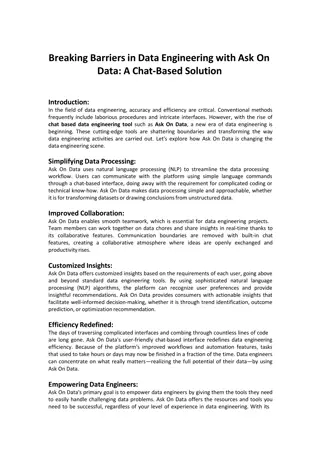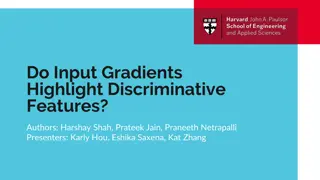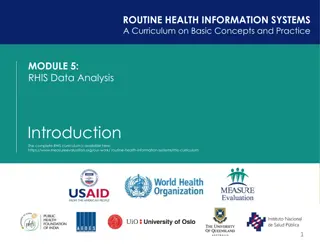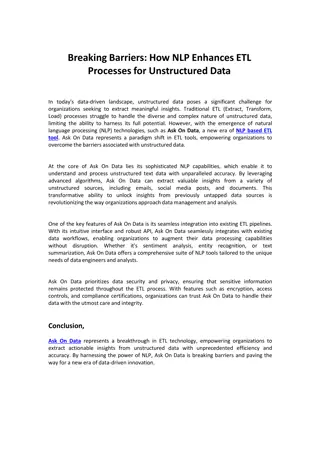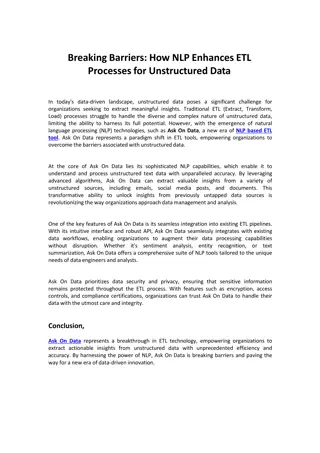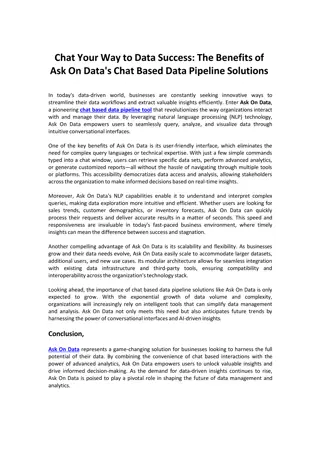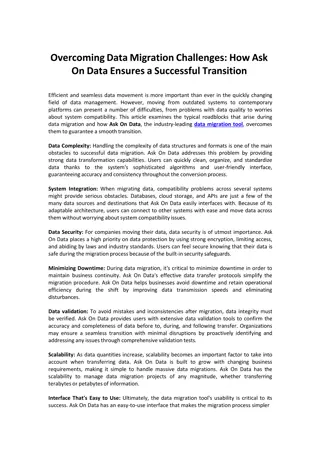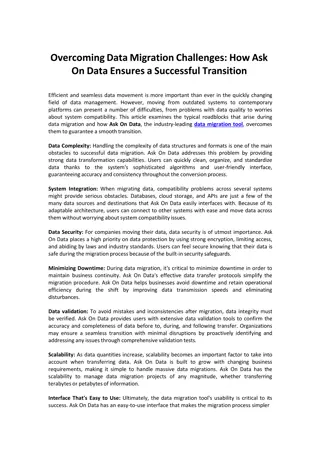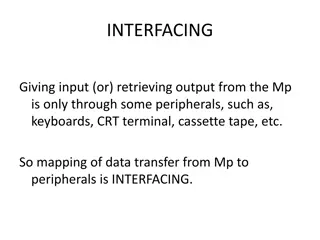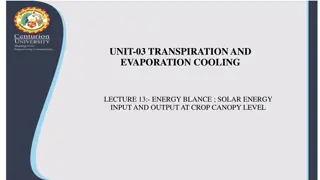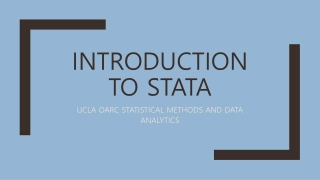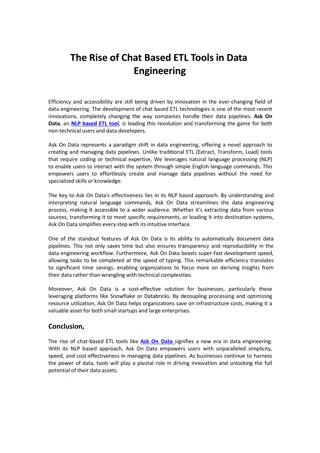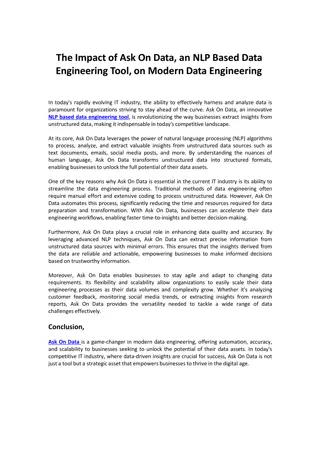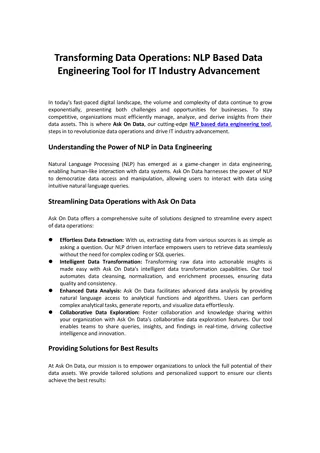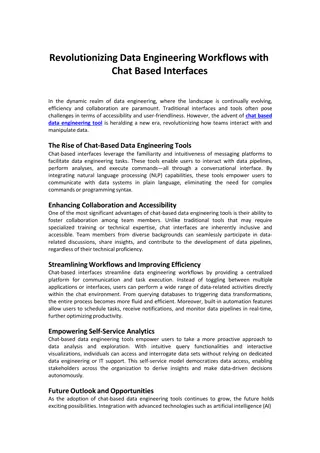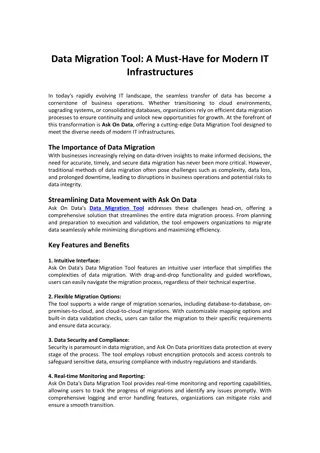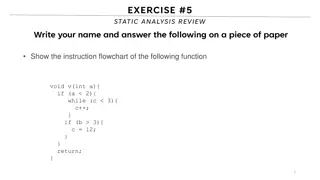Understanding UKMOD: UKHLS Input Data Analysis
UKMOD-UKHLS is a versatile dataset derived from the UK Household Longitudinal Study (UKHLS) for policy years 2010-2019. It aims to provide valuable insights for longitudinal analysis in the UK. The dataset undergoes meticulous processing to align with policy years, address data gaps, and deliver accurate income concepts analysis. Cross-validation with FRS-based data ensures the reliability and accuracy of UKMOD. Explore the nuances and benefits of UKMOD-UKHLS for comprehensive research and analysis.
Understanding UKMOD: UKHLS Input Data Analysis
PowerPoint presentation about 'Understanding UKMOD: UKHLS Input Data Analysis'. This presentation describes the topic on UKMOD-UKHLS is a versatile dataset derived from the UK Household Longitudinal Study (UKHLS) for policy years 2010-2019. It aims to provide valuable insights for longitudinal analysis in the UK. The dataset undergoes meticulous processing to align with policy years, address data gaps, and deliver accurate income concepts analysis. Cross-validation with FRS-based data ensures the reliability and accuracy of UKMOD. Explore the nuances and benefits of UKMOD-UKHLS for comprehensive research and analysis.. Download this presentation absolutely free.
Presentation Transcript
The UKHLS-UKMOD input data Daria Popova 2nd UKMOD Fest Edinburgh 30 June 2023
UKHLS as UKMOD input data The UK Household Longitudinal Study (UKHLS) is a large panel survey with a sample of approximately 40,000 households in its first wave. It is the primary survey of interest in the UK for those interested in longitudinal analysis. UKMOD-UKHLS input data produced for policy years 2010-2019 UK_Year_c1, where Year refers to the year of the dataset, c signifies that the input data files are derived from UKHLS data and 1 is the version of the input data release. DRDs are available for each dataset. UKHLS Special licence dataset is used. UKMOD UKHLS input datasets to be released via UKDS. Users will be able to use PIDP to include additional variables from the larger UKHLS dataset. Users will have an option of running UKMOD either with the FRS dataset (default option) or with UKHLS dataset. UKMOD-UKHLS benefits from all existing tools, add-ons, and flexibility of UKMOD.
UKHLS sample and weights Technical challenges: Some (limited) data gaps compared with requirement Missing data issues, especially incomplete households Two-year fieldwork period requires aligning with policy years Sample: Only complete households included (i.e. all eligible adults have been interviewed). Weights are adjusted to account for the use of complete households only and then scaled to match population totals provided by the FRS. UKHLS sample is divided into fiscal years, from the beginning of April of Year 1 to the end of March of Year 2 e.g. 2019 input data contains interviews conducted from April 2019 to March 2020.
UKHLS regional samples, 2019 N Weighed N 55 525 419 7 452 828 3 225 509 5 150 990 1 932 875 65 834 793 % 84 11 5 8 3 100 England incl London Wales Scotland Northern Ireland 16 734 1 992 1388 1712 1343 21 177 4
UKHLS vs FRS input data We aimed to re-create as closely as possible UKMOD input data variables that are based on FRS. As validation we have done some comparison with FRS-based UKMOD and Administrative statistics The aggregate estimates of the main income concepts (market income, disposable income before and after housing costs, direct taxes and NIC, and all benefits) are very close in the two versions of UKMOD based on UKHLS and FRS. The validation exercises conducted so far point to some puzzles that require further work to fully understand their drivers. See: Bronka P., D. Popova and M. Richiardi (2023) UK Household Longitudinal Study (UKHLS) - Understanding Society. CEMPA Working Paper7/23 https://www.microsimulation.ac.uk/publications/publication-557747/ 5
Cumulative earnings distributions in 2019: UKHLS and FRS vs ASHE 6
Selected benefits simulated by UKMOD-UKHLS vs UKMOD-FRS and external data, 2019 (assuming partial take-up). Expenditure/revenue ( million/year). Ratio UKMOD- UKHLS / External Ratio UKMOD- FRS / External UKMOD- UKHLS UKMOD- FRS External 2019 2019 2019 Child Benefit 9,859 10,614 11,081 0.89 0.96 Working Tax Credit (WTC) 2,842 2,133 3,825 0.74 0.56 Child Tax Credit (CTC) 9,031 8,795 13,875 0.65 0.63 11,872 10,928 17,700 0.67 0.62 CTC and WTC 637 396 560 1.14 0.71 WTC only Income Support+JSAinc+ESA 15,131 10,706 11,318 1.34 0.95 Universal Credit 20,084 17,782 18,386 1.09 0.97 Pension Credit (PC) 5,346 4,808 5,061 1.06 0.95 Housing benefit (HB) 13,033 13,703 18,364 0.71 0.75
Main differences between UKHLS and FRS input data High-income individuals are generally underrepresented in the UKHLS sample, possibly due to higher survey non-response for these people Lower aggregate inequality estimates in UKMOD compared to HBAI. Over-simulation of some means-tested benefits lower poverty threshold and poverty estimates in UKMOD using UKHLS data, compared to HBAI. Older people are over-represented in the UKHLS sample which is typical of longitudinal surveys pension income and allowances typically received by the elderly are over-estimated in UKHLS. Some income sources appear to be better captured in UKHLS than in the FRS: e.g. investment and property income, income from odd jobs and private pension. 8
Research uses: Using UKMOD to enhance UKHLS To improve accuracy of income measures at the bottom of the income distribution, by simulating entitlement to means-tested benefits according to the statutory rules. To simulate benefit entitlement and tax liability at the individual level, whenever information is available only at the household/benefit unit level in the survey. To measure fiscal / tax advantages that are not directly observed in UKHLS, such as tax allowances or tax credits. To produce harmonised outputs based on UKHLS and FRS, and cross- validate estimates based on different sources.
Research uses: Using UKHLS to enhance UKMOD To increase the precision of simulation of certain benefits, which require information about individuals past, such as unemployment benefits and pensions. To use additional detailed information contained in the UKHLS to improve simulation of benefits. For example, detailed health information can be used to simulate disability benefits.
Research uses: Expanding the scope of analyses conducted using UKMOD To analyse the effects of taxes and benefits on life course domains not covered in detail in the FRS data, such as employment history, partnership history, private transfers, health, and well-being. To analyse the tax-benefits system and policy reforms among immigrant and ethnic minority groups, well represented in the UKHLS thanks to boost samples. To conduct research requiring longitudinal data, such as studies of longitudinal inequality, persistent poverty, inter-generational redistribution, income dynamics and social mobility. 11
Thank you for your attention dpopova@essex.ac.uk 12
